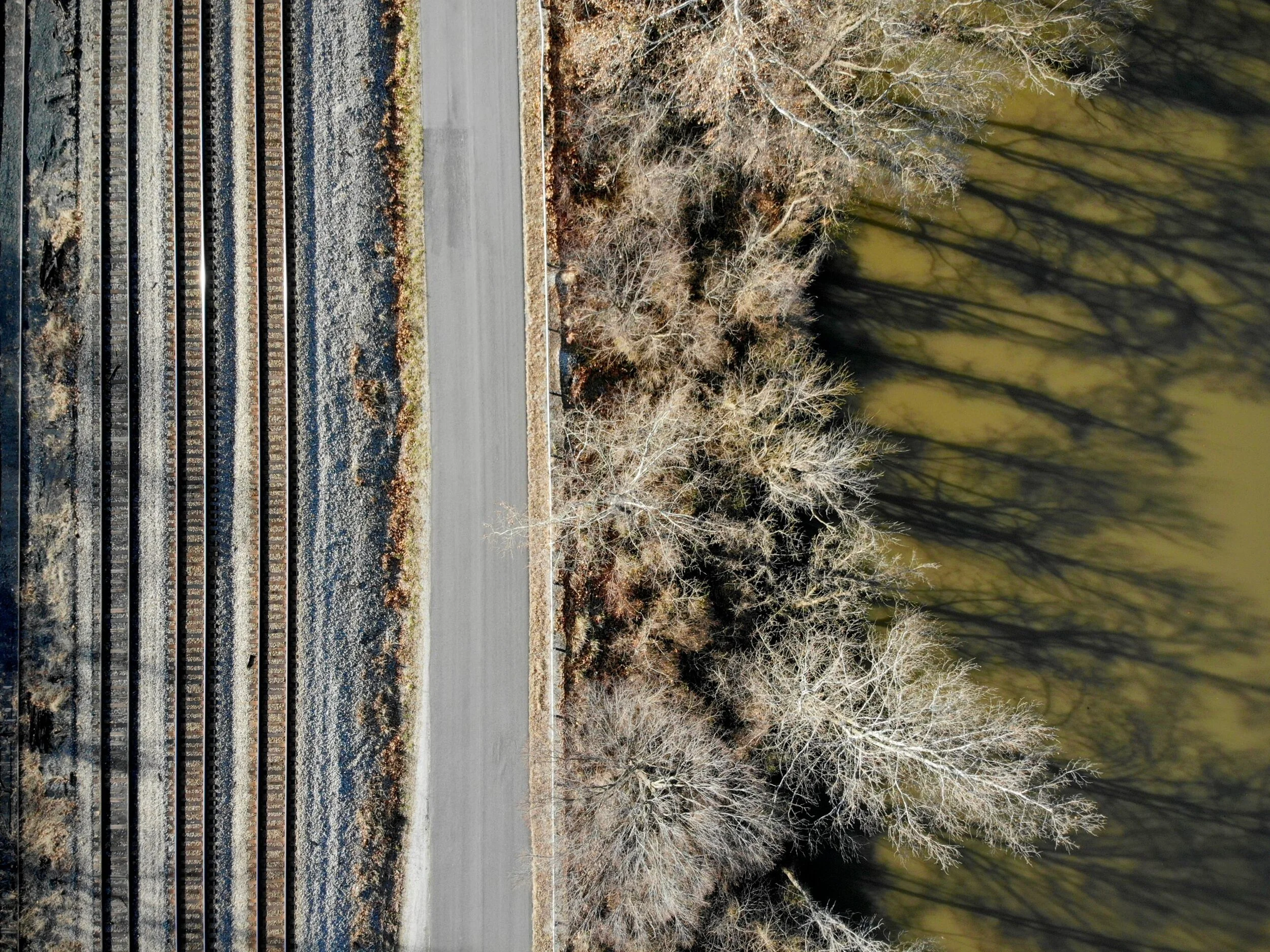Analysis + Reflection
The objective of the Patterns of Place project was to create a catalog of naturally-created and man-made patterns that exist across Virginia, to explore connections across time, space, culture, crafts, and people of Virginia. These patterns represent ecosystems, methods of construction, internal and external migrations, and political systems. They provide insight into the material and natural resources, community structures, and personal and societal values of place.
While a sampling of seven designers and design professionals documenting everyday patterns across the state of Virginia may not constitute a scientific investigation of pattern collection, it does provide insight into the subjective nature and varying perspectives of documentation. It also points to a commonality among the approaches - each participant may be defined as a mindful observer. As participant Helene Renard remarks,
“The careful observer has the opportunity to appreciate patterns across scales, in both natural and human-made environments. A practice of discovering patterns and their context allows the curious citizen to more completely understand and shape her connection to her surroundings.”
The practice of observation is a central component of research, and each participant began by closely observing their surroundings and offering new understandings of patterns of place through their unique perspectives.
Mimi Sadler and Camden Whitehead of Sadler + Whitehead Architects each used “tools of abstraction that shift the pattern from its circumstances, from specific to general, from local to universal...”
Camden’s watercolors of natural phenomena on the Eastern Shore of Virginia underscore a sense of continuity of ebbs and flows in this landscape that is central to the history of Virginia’s indigenous peoples as well as those of European and African heritage.
Some of the pattern documentation takes a bird’s eye view, offering new perspectives on the relationship between human interventions in the natural environment. This is particularly evident in the patterns of dissection and bifurcation. For instance, Mimi Sadler’s figure-ground map of the Oregon Hill neighborhood in Richmond highlights the impact of a 1960s highway project, deliberately cutting off neighbors from one another. And Kevin Jones’s use of drone footage underscores the ways in which electricity towers, bridges and roads slice through the landscape simultaneously creating connection and boundaries for humans and animals.
And, through observation come patterns of aberrations. Graphic designer, John Malinoski, calls attention to concrete block buildings in his neighborhood that defy gentrification. His “east end recusants”remind us to look for the subversive patterns, the ones that defy the conformative, the typical, and the expected. Allison Ewing and James Hill’s collections highlight patterns within the built environment, of barns and serpentine brick walls that are suggestive of place, of rural and urban spaces. These patterns denote construction and efficiencies, but beyond their formal characteristics, they pose questions about labor - hidden and exposed.
The patterns recorded in this online gallery are the beginning, a jumping-off point from which more questions may be asked, more collaborations may be made and a deeper and more nuanced understanding of patterns of place may be sought.
What is the nature of exploratory research?
As an interior designer and design historian, we have varied approaches to the documentation and analysis of patterns. The goal of broadening our scope to include project participants was to reflect on how others may also document and analyze patterns and to offer us new perspectives on what may constitute a pattern of place. We learned several important lessons along the way.
An exploratory research grant has the capacity to spark new lines of research and potential collaborations. This particular grant period was marked by health setbacks, most recently with the global pandemic in the spring of 2020. Although we originally planned a physical exhibition of the pattern collection in March 2020, the additional time and opportunity to create a website allows us to reach a broader range of researchers, who may be interested in future collaborations.
As our project shifted due to inexorable circumstances, we had to also adjust our budget. Working with a large university with regulations and rules unfamiliar to us proved an additional impediment. Time has always been our biggest challenge. Time to meet and reflect on the work is challenging, but the additional circuitous path of budget amendments and approvals amidst a pandemic was an additional, unexpected obstacle in the process.
In terms of the patterns that we have gathered thus far, we feel that we are just beginning to scratch the surface of this rich trove of data. As a historian and designer team, we expected more interrogations of interiors, textiles, furnishings, and architectural finishes. What might an analysis of these patterns yield? Could this serve as the next step in our research process?

Have any questions? Reach out to us!


